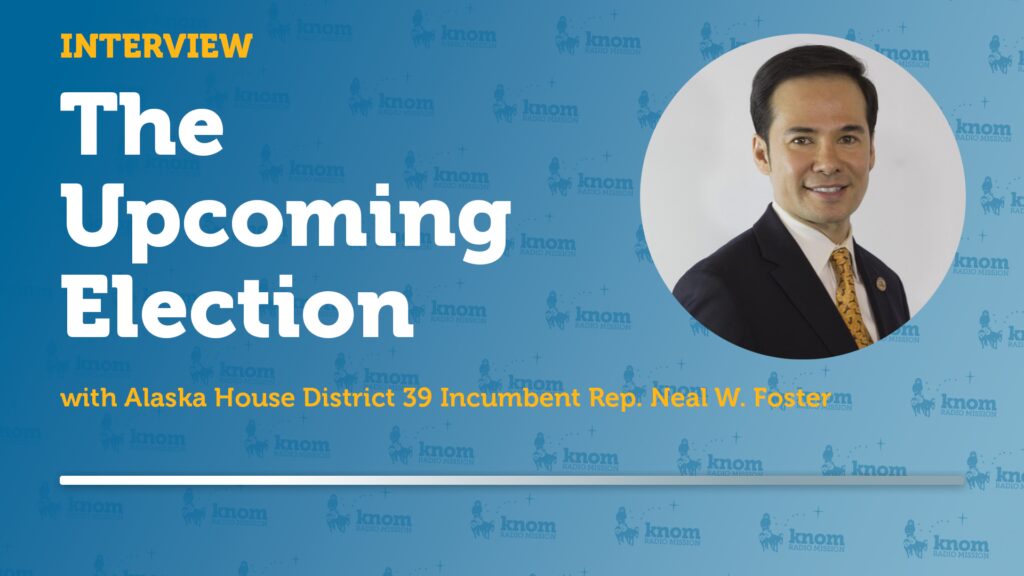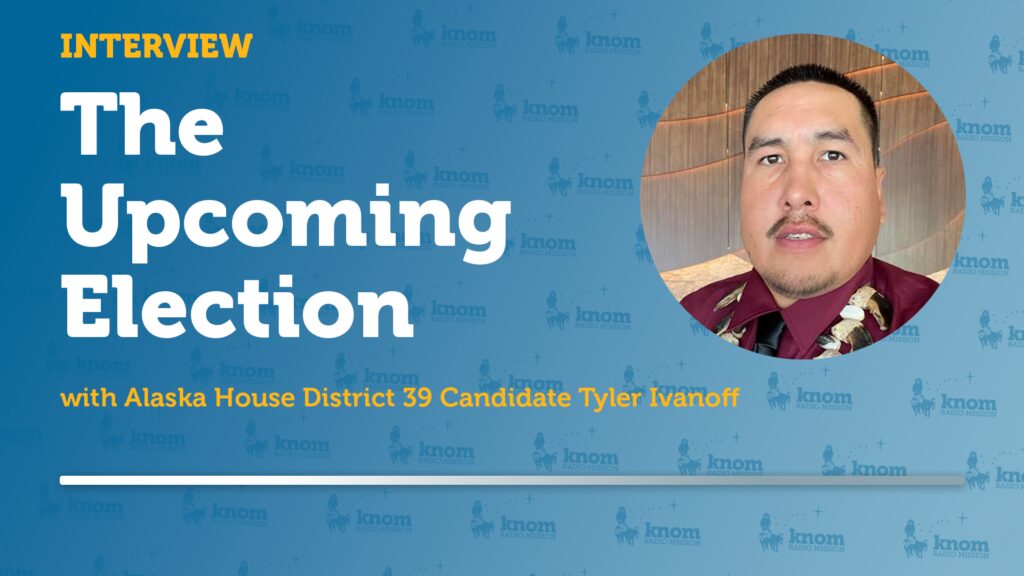The National Weather Service plans to realign its Alaska workforce, reducing jobs at several remote offices and shifting positions to the Anchorage and Fairbanks forecast centers. The Nome, Barrow, and Kodiak offices currently operate 24-7, but this change would have each office become part-time, removing the evening shift and reducing staff.
“You know, this is not a cost-saving measure,” said National Weather Service Alaska Region Director Aimee Devaris. “This is truly our best way to put our resources where they can take the greatest advantage of the science and technology that’s available, because we want to deliver as high a quality service as possible for all of Alaska.”
At a recent meeting in Nome with the city’s emergency planners, Devaris explained if the change moves forward in Nome, the office will still be open seven days a week, but for 16 hours instead of 24. The evening shift of 4 p.m. to midnight or 5 p.m. to 1 a.m. (depending on Daylight Savings or Standard Time) will be cut, so Nome’s office will need just three employees instead of five.
Devaris says the evening shifts are usually pretty quiet, and out of 12 remote offices in the state, nine are already part-time. With Arctic development ramping up and erosion threatening coastal communities, Devaris says the Weather Service needs to focus on climate and sea ice forecasts.
“There’s great interest, not just in NOAA and in the National Weather Service, but across the federal government to really expand field studies, research, and the delivery of scientific services to support all of the activities and all the decisions being made in the Arctic today,” she said.
All of Nome’s weather forecasts come out of Fairbanks now, and that will not change. Data collection by meteorologists in Nome will also proceed as usual, but overnight data will be augmented by officials with the Federal Aviation Administration. The biggest change is that, to speak with a meteorologist in the evening, users have to call Fairbanks, since no one will be on shift in the Nome office.
Not everyone in Nome rallied around the idea. City Manager Josie Bahnke said that while she understand the need for centralization, “our feelings are a little hurt because we live out here…and it would make sense for Alaska’s Arctic resources to be in the Arctic.” Devaris replied that Nome will likely host more research, but data analysis requires expensive equipment that’s already in the bigger cities.
Wes Adkins is a member of the NWS Employee Organization and used to work in Nome. He’s concerned the changes will affect the quality of service in these coastal areas. Adkins says some feel that the FAA and Weather Service should function independently.
“It’s always been approached that we call weather independent of the desire to get a plane in. It’s more as we see it,” he said. “So it promotes safety first.”
Adkins says even though Fairbanks is the forecast center, it’s always important to have local eyes on Alaska’s diverse weather regimes. In the summer, Adkins says, “You could have fires in the Interior of Alaska, and smoke. You could have dense fog on the Arctic coast and possibly snow flurries. And on the west coast, you could have a cyclone in the Bering Sea threatening Kivalina, Shishmaref or perhaps even Nome with coastal flooding. So that is a heavy load of responsibility.”
But the Weather Service representatives visiting Nome said it will improve service to move underutilized, remote positions to data centers. Devaris explained that Fairbanks and Anchorage are expanding their capabilities and developing a “local” knowledge of their own.
“We’re no longer in the business of just sending out warnings and hoping the community knows what to do with them,” she said. “Now, our meteorologists are really working hard to understand what happens in these communities when you have certain wind speed or wave conditions.”
As a safety net, Devaris says if a storm comes in at night or a search and rescue requires weather support, the Nome staffers would be available and willing to work overtime. The Weather Service does not have a firm timeline for the change, but it will happen through attrition, rather than layoffs. For now, they suggest calling Fairbanks to see if you like their service and submit feedback.







